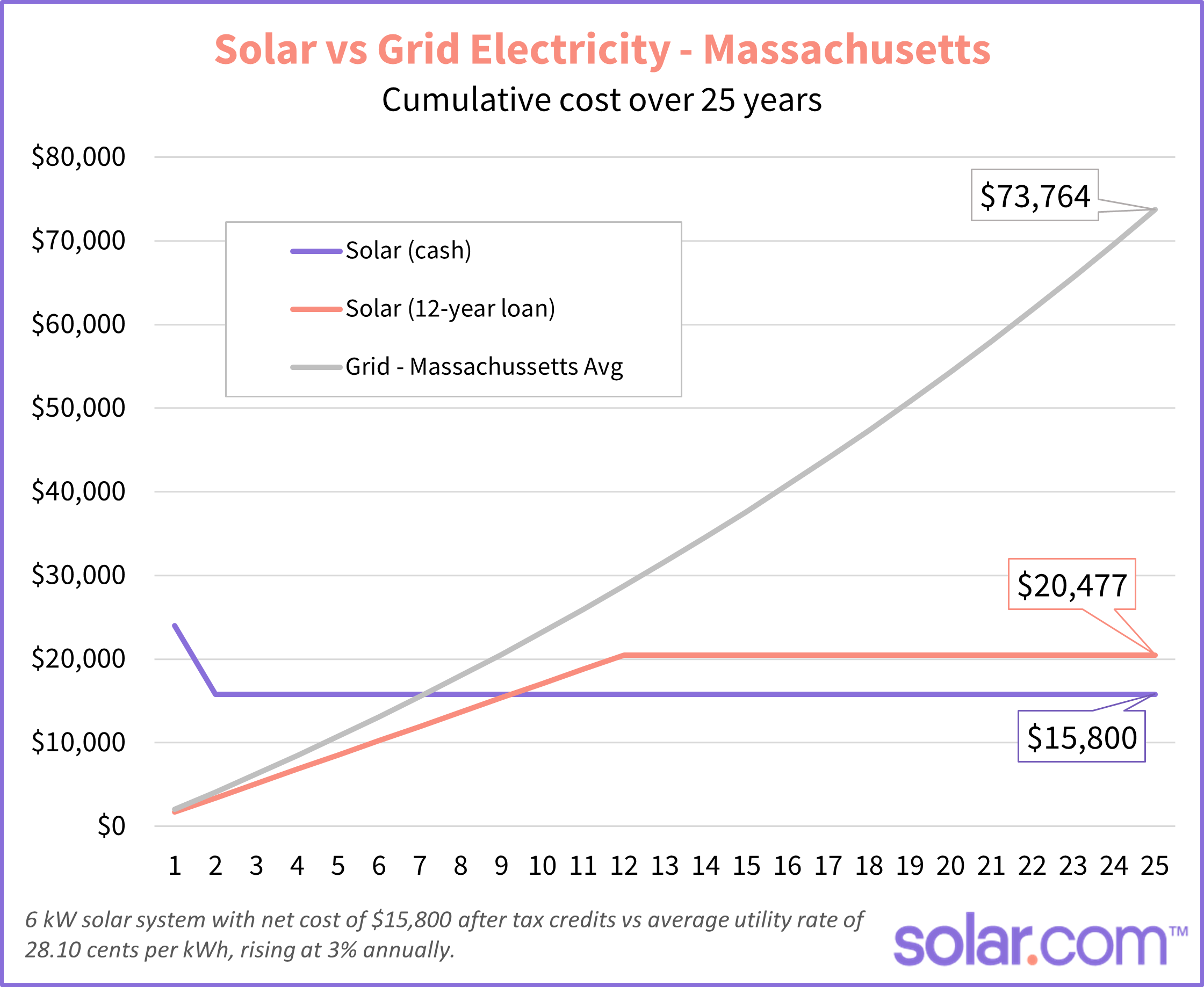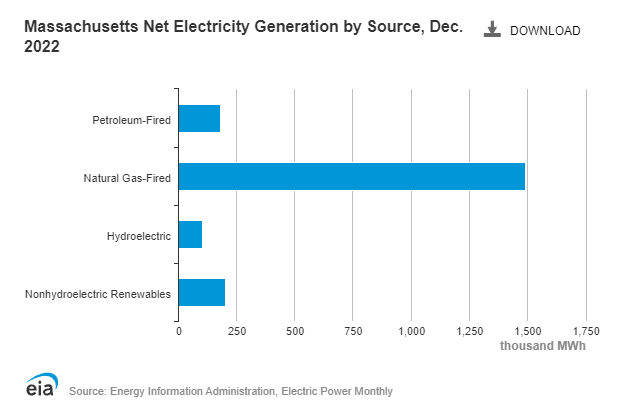
What’s better than laying around and soaking up some sun? Getting paid to lay around and soak up some sun.
While that’s a pipedream for most people, it’s a very real possibility for residential solar systems enrolled in the New Jersey Successor Solar Incentive (SuSI) program.
Through SuSI, solar owners earn certificates for their system’s production that can be sold for thousands of dollars per year. In this article, we’ll explain:
- How the SuSI solar program works
- How much NJ solar owners can earn
- How NJ solar owners can get paid for their production
Let’s dive in with a quick explanation of how the SuSI program works.
How does New Jersey’s SuSI solar program work?
In 2021, New Jersey launched the Successor Solar Incentive program to replace a massively successful SREC solar program and further the state’s push for 100% clean energy by 2035.
The NJ successor solar program is divided into two sub-programs:
- The Administratively Determined Incentive (ADI) program applies to residential and community solar projects less than 5 MW in size
- The Competitive Solar Incentive (CSI) program applies to commercial solar projects greater than 5 MW in size
The ADI solar program pertains to New Jersey homeowners, so let’s focus on that one.
Through the ADI solar program, homeowners with net-metered solar systems earn one certificate – known as an SREC 2 – for every 1,000 kWh of electricity their panels generate for 15 years.
For systems enrolled after March 13 2023, SREC 2s for net-metered residential solar systems are worth $85 each.
How do I sell SREC 2s?
SREC 2 certificates are traded in markets, just like stocks in the New York Stock Exchange. Residential solar owners typically sell their SREC 2s through an aggregator – similar to using E*TRADE or Robinhood to trade stocks.
SREC 2 aggregators include:
However, unlike stocks with constantly fluctuating prices, SREC 2s earned through the ADI solar program have a fixed value.
While the $85 per SREC 2 incentive is lower than the previous New Jersey SREC program, it still adds up to a significant chunk of change over 15 years. Let’s take a look at how much homeowners can earn through the ADI solar program.
Related reading: Are Solar Panels Worth It in Newark, New Jersey?
How much NJ solar owners earn through the ADI program?
Over the 15-year course of the ADI solar program, New Jersey solar owners can earn tens of thousands of dollars for their solar production.
With a fixed rate of $85 per 1,000 kWh, exactly how much you earn depends largely on the size and production of your solar system. The table below shows the estimated annual production and SREC 2 earnings for three residential solar systems.
| System size | Estimated annual production | Year 1 SREC 2 earnings | 15-year SREC 2 earnings |
| 3.5 kW | 4,500 kWh | $340 | $5,695 |
| 7 kW | 9,000 kWh | $765 | $11,475 |
| 10 kW | 12,750 kWh | $1,020 | $16,235 |
Virtually design your own custom solar system.
Keep in mind, the ADI solar program earnings are in addition to other solar incentives like the 30% federal solar tax credit, net metering, and New Jersey’s sales and property tax exemptions. Combining these incentives substantially reduces the net cost and increases the savings of going solar.
Let’s say the 7 kW system above costs $28,000. Here’s how combing SuSI and the solar tax credit would reduce the overall cost.
| Gross system cost | $28,000 |
| 30% federal tax credit | -$8,400 |
| 15 years of SREC 2 earnings | -$11,475 |
| Net cost | $8,125 |
For homeowners that can’t pay cash for solar, earnings from SREC 2s can help make solar loan payments more palatable and front-load the savings of going solar. The chart below shows the cumulative costs of financing a $28,000 solar system with and without the SuSI solar program.

In this scenario, the earnings from SREC 2 effectively reduce the loan payments by 65% for the first 15 years of a 20-year loan.
How to get paid for your solar production in New Jersey
There are a few steps to take before you can start counting your money from the ADI solar program.
- Register for the ADI through New Jersey Clean Energy Program
- Track your production in Generation Attribute Tracking System (GATS) to generate SREC 2s
- Sell your REC 2s through an aggregator
Let’s take a closer look at each step.
First, your system needs to be enrolled in the SuSI ADI solar program through an online registration portal found here. According to New Jersey Clean Energy Program administrators, installers typically complete registration on behalf of the homeowners – but homeowners may choose to submit registration on their own.
The second step is to register the system with the Generation Attribute Tracking System (GATS). This is the platform on which homeowners enter their solar production to generate SREC 2s. Again, your installer will have tips for registering with GATS and recording your solar generation.
Finally, choose an aggregator to sell your SREC 2s through. Payments for selling SREC 2s are typically made through direct bank transfer, but this may vary between aggregators.
Of course, none of this can happen until you have a solar system that is producing electricity. So, to take advantage of this solar incentive, the first step is to compare quotes from local solar installers.
Go solar to start money through NJ’s SuSI solar program
By selling SREC 2s earned through the NJ SuSI program, homeowners can substantially reduce the net cost of their solar system and increase their energy cost savings.
With a 7 kW system producing 9,000 kWh of electricity per year, a homeowner could reasonably expect to earn $765 per year and more than $11,000 over 15 years from selling SREC 2s. That’s in addition to other solar incentives available in New Jersey.
See how much you could earn through the SuSI program here.
NJ SuSI Solar Program FAQs
What is New Jersey’s SuSI solar program?
The Successor Solar Incentive (SuSI) is a solar incentive program in New Jersey through which solar owners earn certificates called SREC 2s for every 1,000 kWh of solar production for 15 years. As of March 2023, each SREC 2 is worth $85, so a homeowner with a solar system producing 9,000 kWh per year could reasonably expect to earn $765 a year and over $11,000 over 15 years.
What is SREC 2 solar program in New Jersey?
SREC 2 (or SREC II) is a certificate earned for 1,000 kWh of solar electricity generation through New Jersey’s SuSI program. As of March 2023, each certificate is worth $85 and can be sold through aggregators for cash.
Can you sell solar power back to the grid in NJ?
There are two ways to earn money for your solar production in New Jersey. First, through net metering, solar owners are credited for the full retail rate of the excess electricity they push onto the grid. This credit offsets the cost of the electricity they use when their system’s aren’t producing.
Second, through the SuSI program, solar owners can earn certificates called SREC 2s for every 1,000 kWh of solar production. SREC 2’s are worth $85 each and can be sold in REC for cash.




